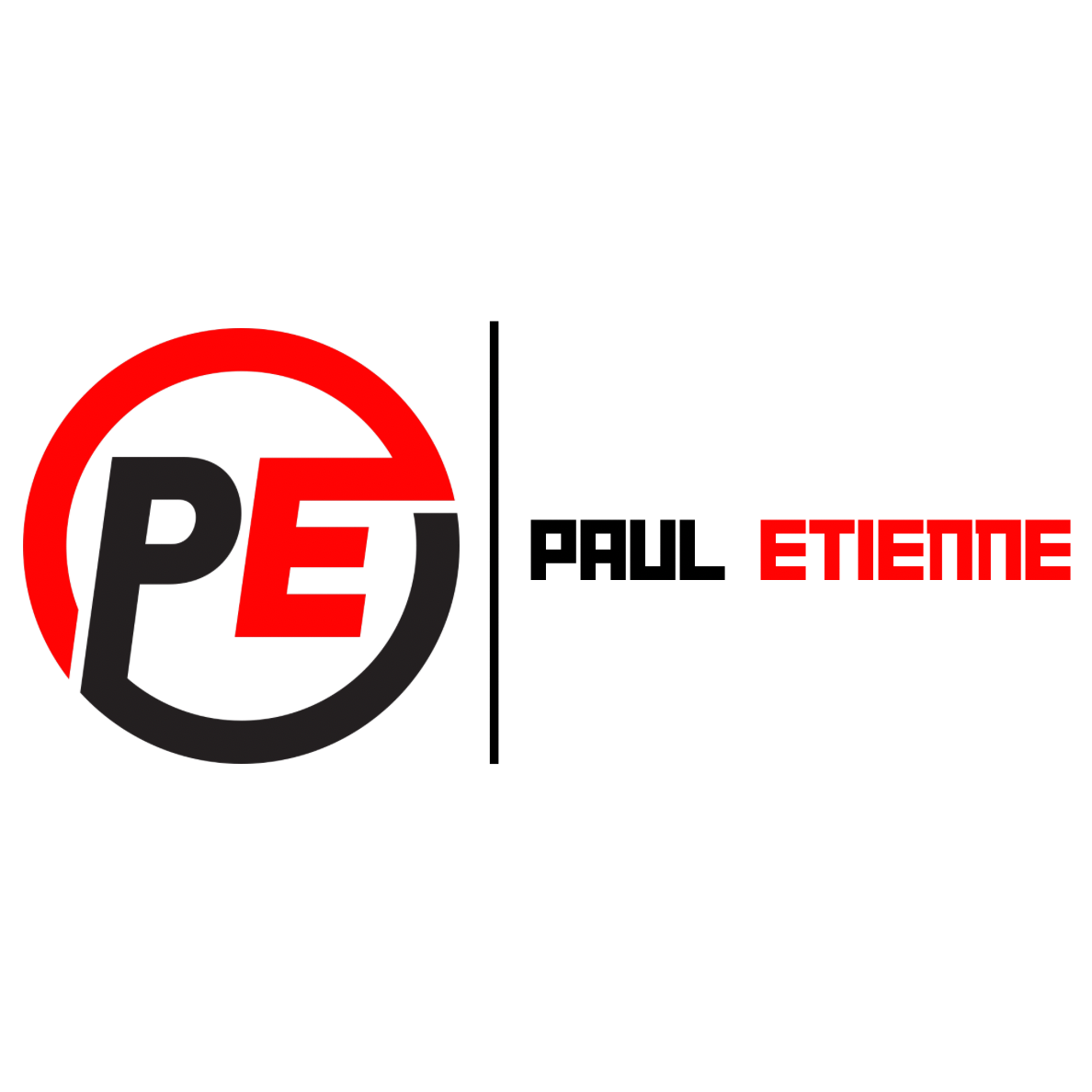In an ever-evolving financial landscape, non-profit organizations are constantly seeking innovative ways to navigate the challenges of fundraising, financial management, and sustainability. The future of non-profit finances holds promising predictions and trends that can help these organizations thrive in an increasingly competitive environment.
Predictions for Non-Profit Finances:
- Digital Fundraising Revolution: The digital age has ushered in a new era of fundraising. Non-profits will increasingly leverage online platforms, social media, and crowdfunding to connect with donors. This trend is driven by the convenience it offers donors and the ability to reach a broader audience.
- Data-Driven Decision Making: Non-profits will harness the power of data analytics to make informed financial decisions. They will analyze donor demographics, giving patterns, and other key metrics to optimize fundraising strategies and allocate resources efficiently.
- Impact Investing: With a growing emphasis on sustainability and social responsibility, non-profits will explore impact investing. This involves using their financial resources to generate both social and financial returns, attracting socially conscious investors.
- Diversification of Revenue Streams: To reduce dependency on a single source of income, non-profits will diversify their revenue streams. This may include earned income ventures, partnerships with for-profit entities, or fee-based services.
- Transparency and Accountability: Donors are increasingly demanding transparency and accountability. Non-profits will invest in robust financial reporting systems to build trust and credibility with their supporters.
Trends Shaping Non-Profit Finances:
- Sustainability Initiatives: Non-profits will integrate sustainability into their financial strategies, focusing on reducing operational costs and environmental impact.
- Remote Work and Cost Savings: The adoption of remote work will continue, allowing non-profits to reduce overhead costs related to office space and utilities.
- Cybersecurity Investments: With the rise in cyber threats, non-profits will allocate resources to enhance their cybersecurity measures, safeguarding sensitive donor information and financial data.
- Collaborative Partnerships: Collaborations among non-profits, governmental agencies, and private corporations will become more prevalent, enabling cost-sharing and resource pooling.
- Donor-Centric Approach: Non-profits will prioritize donor engagement and personalization, tailoring their financial strategies to meet the diverse needs and preferences of their supporters.











